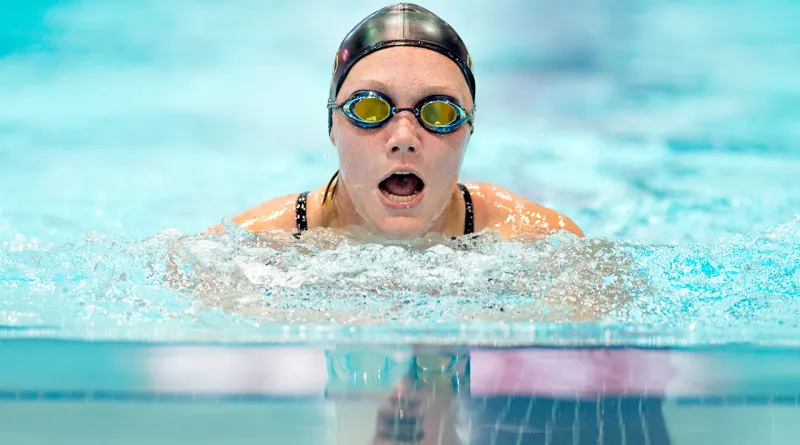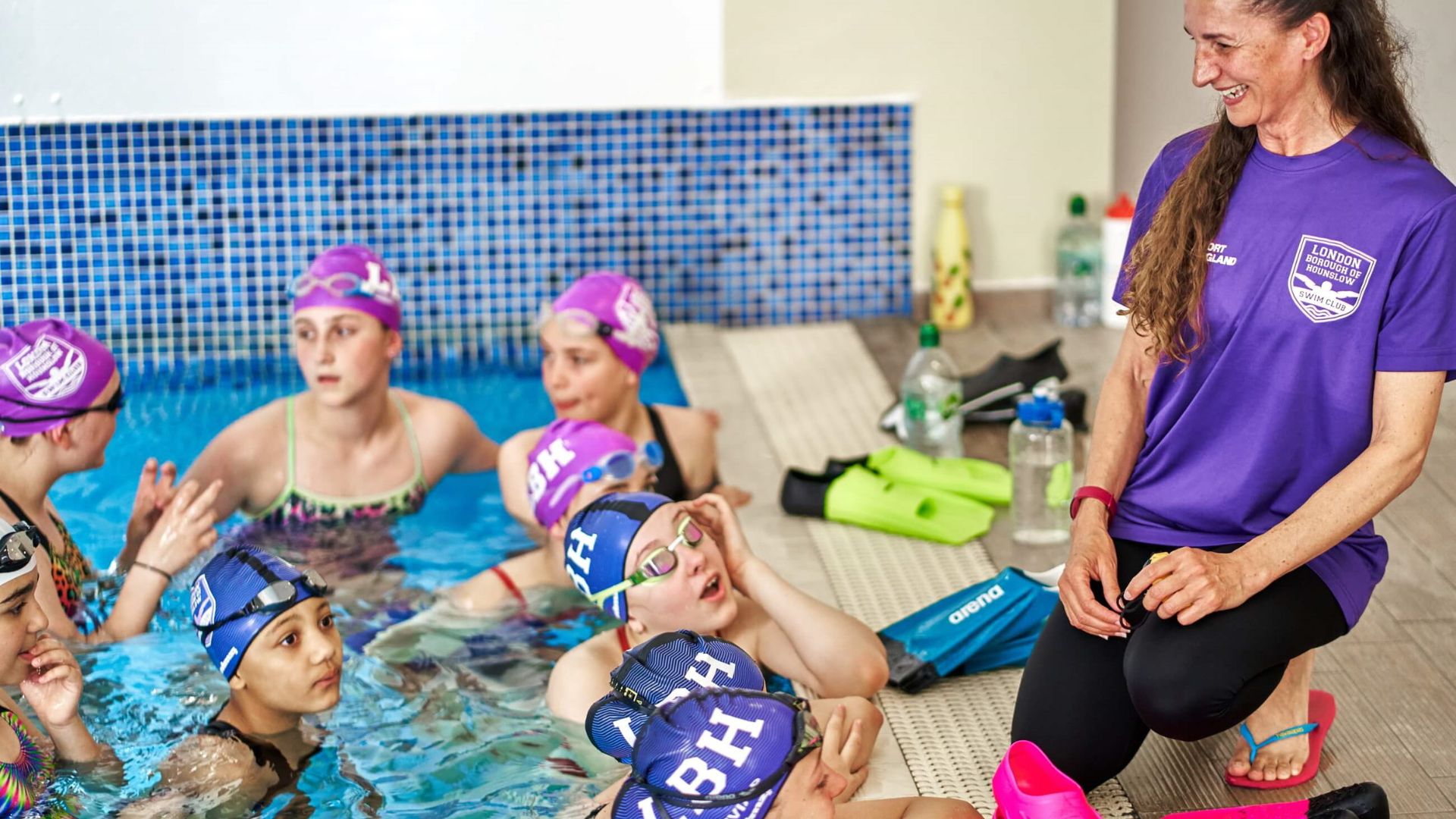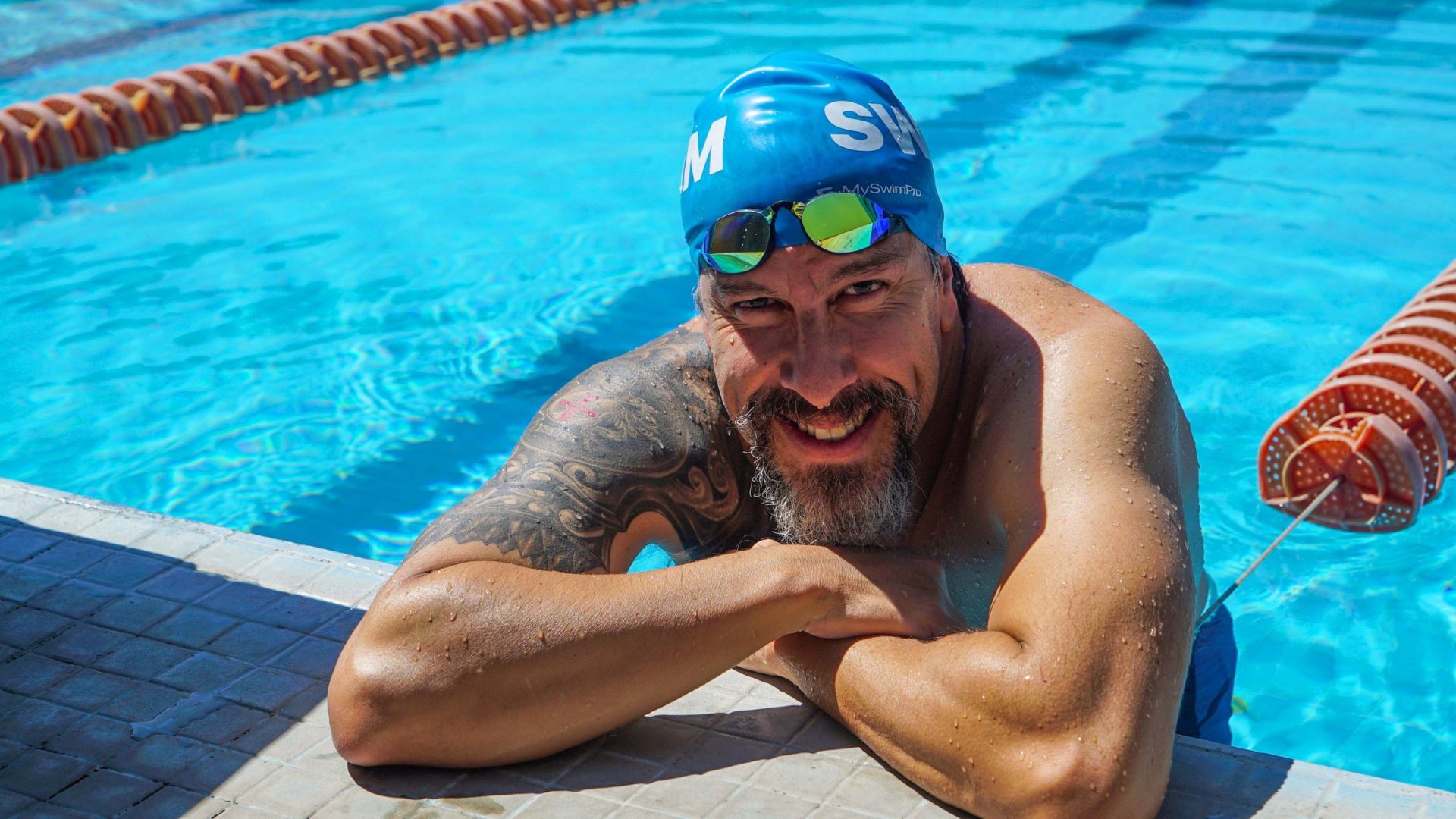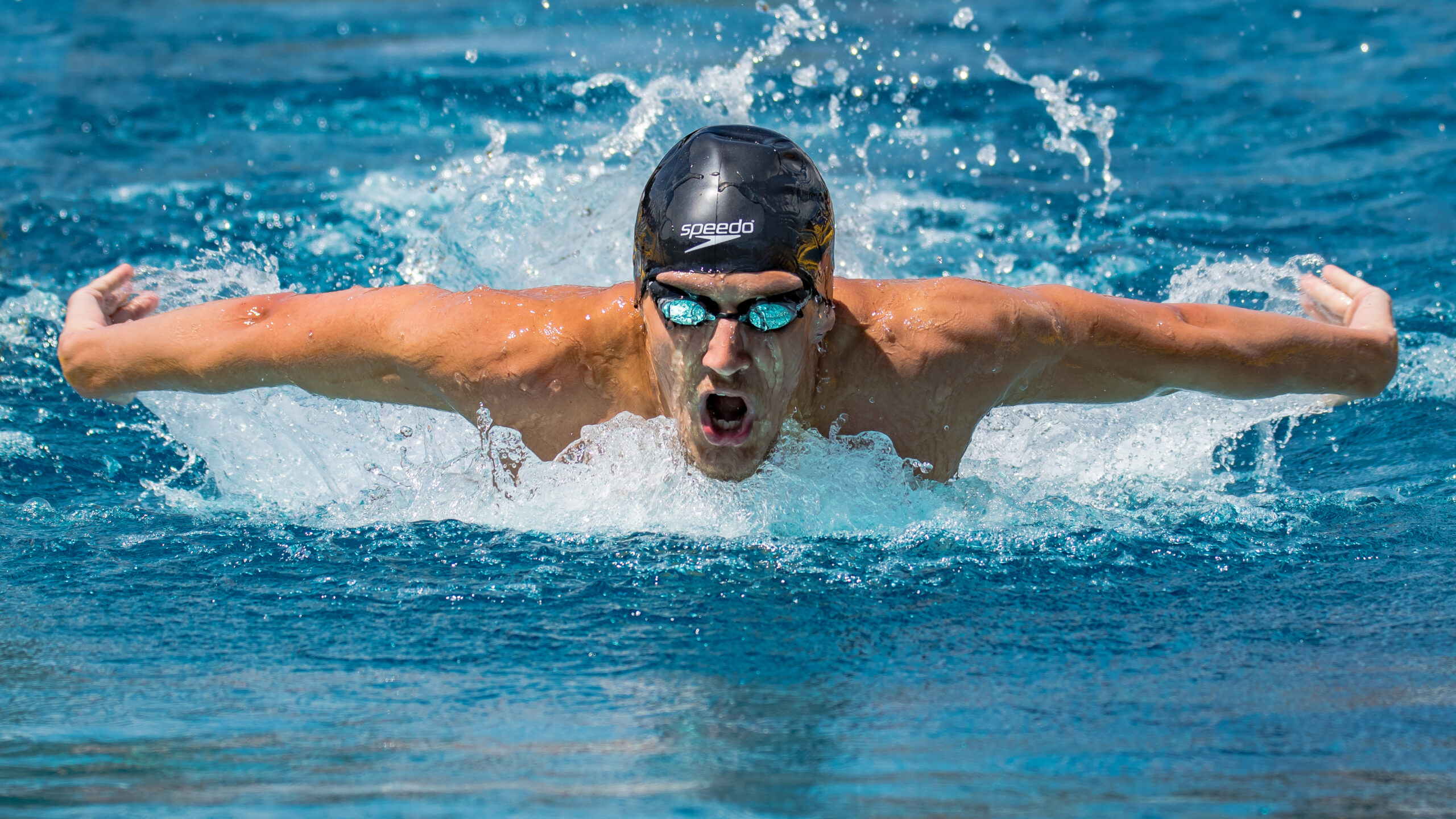Swimming is a fantastic exercise for people of all ages, including seniors. It offers a low-impact workout that can improve cardiovascular health, build muscle strength, and enhance flexibility without putting undue stress on the joints. As we age, maintaining an active lifestyle becomes crucial, and swimming can be an ideal choice. Here’s a guide to essential swimming skills and tips for seniors to help them stay active, safe, and healthy in the water.
1. Understanding the Benefits of Swimming for Seniors
Before diving into the essential swimming skills, it’s important to understand why swimming is beneficial for seniors:
- Low Impact: Swimming is gentle on the joints and reduces the risk of injuries, making it suitable for those with arthritis or joint pain.
- Improves Cardiovascular Health: Regular swimming can enhance heart health, lower blood pressure, and improve overall cardiovascular fitness.
- Builds Muscle Strength: Swimming engages various muscle groups, helping to maintain muscle tone and strength.
- Enhances Flexibility: The range of motions involved in swimming can increase flexibility and prevent stiffness.
- Promotes Mental Well-Being: Swimming can help reduce stress, anxiety, and depression, contributing to overall mental health.
2. Key Swimming Skills for Seniors
1. Basic Floating Techniques
- Back Floating: Learning to float on your back is an essential skill that provides rest and relaxation during your swim. To float on your back, lie back in the water, keep your body straight, and gently kick your legs while keeping your arms at your sides or extended out for balance.
- Front Floating: This involves floating face-down in the water. Keep your head in line with your spine, and use gentle arm and leg movements to maintain balance and prevent sinking.
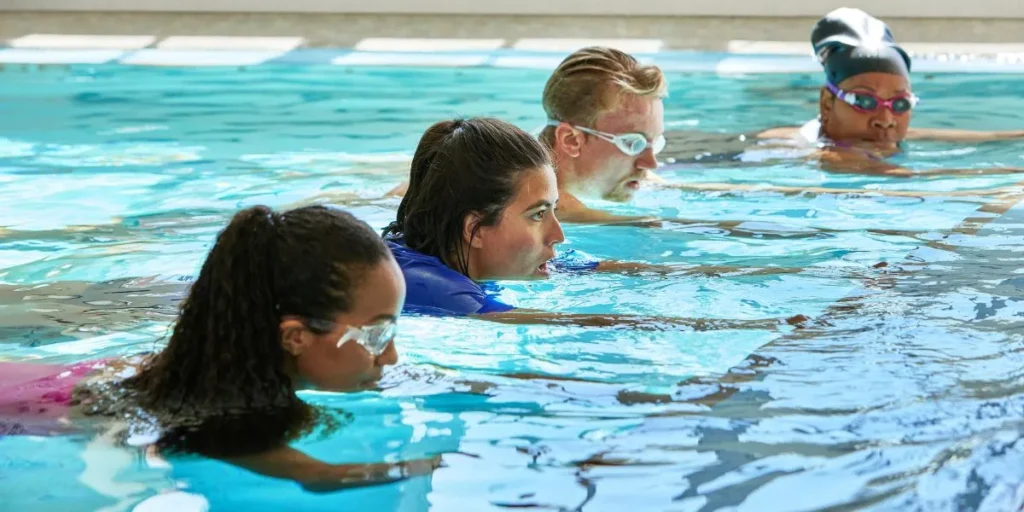
2. Breathing Techniques
- Breath Control: Practice rhythmic breathing to ensure you’re getting enough air while swimming. Inhale through your nose when your head is above water and exhale through your mouth when your face is in the water.
- Side Breathing: For strokes like freestyle, practice turning your head to the side to breathe while maintaining a smooth, consistent stroke.
3. Basic Strokes
- Freestyle (Front Crawl): The freestyle stroke is the fastest and most efficient. It involves alternating arm movements and a flutter kick. Keep your body flat, rotate your torso, and focus on a steady breathing rhythm.
- Backstroke: This stroke is performed on your back with a flutter kick and alternating arm movements. It’s a great way to improve posture and reduce strain on the neck and shoulders.
- Breaststroke: The breaststroke is a slower stroke but effective for building strength. It involves a frog-like kick and simultaneous arm movements. Focus on keeping your head above water and maintaining a steady rhythm.
- Butterfly Stroke: Though more advanced, the butterfly stroke involves simultaneous arm movements and a dolphin-like kick. Practice this stroke gradually and focus on technique to avoid strain.
4. Water Safety Skills
- Entering and Exiting the Pool: Learn how to enter and exit the pool safely. Use the pool ladder or handrails for support, and avoid slippery areas around the pool.
- Treading Water: Treading water helps you stay afloat in one place. Use a combination of gentle kicks and arm movements to maintain your position without expending too much energy.
- Emergency Procedures: Familiarize yourself with pool safety rules and emergency procedures. Know how to signal for help and be aware of the location of safety equipment.
3. Tips for Safe Swimming
- Warm-Up: Start with gentle stretching and warm-up exercises to prepare your muscles and joints for swimming.
- Stay Hydrated: Drink plenty of water before and after swimming to stay hydrated.
- Use Swim Aids: Consider using swim aids like kickboards or noodles to help with balance and technique.
- Swim with a Buddy: Whenever possible, swim with a friend or family member for added safety and motivation.
- Consult a Doctor: If you have any health concerns or medical conditions, consult your doctor before starting a swimming routine.
4. Incorporating Swimming into Your Routine
To make the most of swimming, aim to include it in your regular exercise routine. Start with shorter sessions and gradually increase the duration and intensity as you build endurance. Whether you swim at a local pool, a community center, or a fitness club, maintaining a consistent schedule will help you reap the benefits of this low-impact exercise.
Conclusion
Swimming is an excellent way for seniors to stay active, improve fitness, and enjoy a healthier lifestyle. By mastering basic swimming skills, understanding the benefits, and following safety tips, you can make swimming a rewarding part of your routine. Embrace the joy of swimming, stay active, and enjoy the numerous benefits this fantastic exercise has to offer.
